Density Profiles


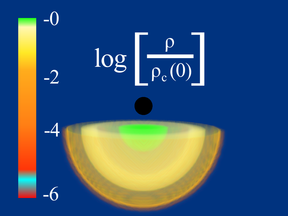 Fig. 1-1: Initial Configuration of Black Hole and Neutron Star |
Evolution is performed on an AMR (Adaptive Mesh Refinement) grid. The grid used consists of 8 and 9 moving refinement boxes centered on the black hole and neutron star, respectively, with outer boundaries at 210M. The black hole and neutron star are covered by an average of 70 and 80 gridpoints, respectively, across their shortest diameters.
The initial binary is in a quasiequilibrium circular orbit, and has an orbital frequency of MΩ = 0.032. The AMR grid is shown here, together with the initial neutron star profile and the first four orbits. Magnetic fields are not installed until these orbits are completed. A clock in the lower right-hand corner measures elapsed time.
Here, we follow the remaining evolution, through tidal disruption and merger, in the absence of a magnetic field. In the clip, the rest-mass density of the star is plotted on a logarithmic scale normalized to the initial central density.
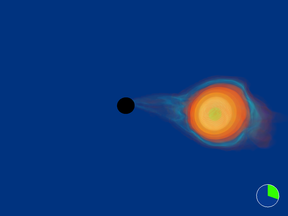 Fig. 2-1: Density profile at time t/M = 633 |
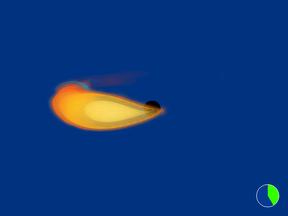 Fig. 2-2: Density profile at time t/M = 882 |
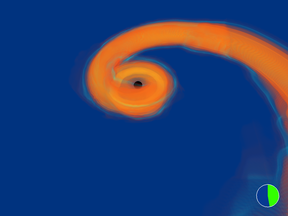 Fig. 2-3: Density profile at time t/M = 974 |
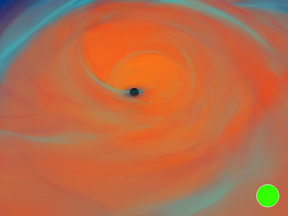 Fig. 2-4: Density profile at time t/M = 2072 |
Here, we follow the remaining evolution with the presence of an aligned magnetic field. After four orbits, the unmagnetized interior of the unmagnetized neutron star is seeded with a purely poloidal magnetic field aligned with the spin axis of the black hole. With an average magnetic-to-gas pressure of 0.5%, the intial magnetic fields are dynamically unimportant to the neutron star initially. Frozen-in magnetic field lines moving with test-particle tracers are rendered in white.
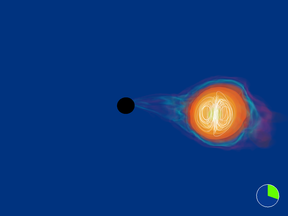 Fig. 3-1: Density profile at time t/M = 633 |
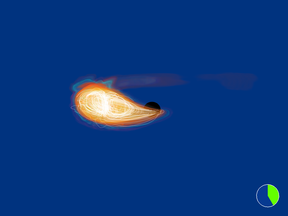 Fig. 3-2: Density profile at time t/M = 882 |
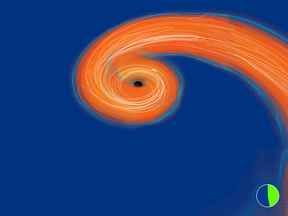 Fig. 3-3: Density profile at time t/M = 974 |
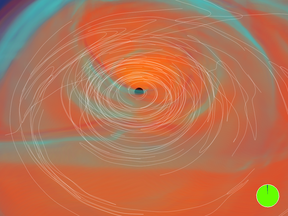 Fig. 3-4: Density profile at time t/M = 2072 |
Here, we follow the remaining evolution with the presence of an magnetic field tilted 45o to the orbital axis. After four orbits, the unmagnetized interior of the unmagnetized neutron star is seeded with a purely poloidal magnetic field tilted 45o with respect to the spin axis of the black hole. With an average magnetic-to-gas pressure of 0.5%, the magnetic fields are dynamically unimportant to the neutron star. Frozen-in magnetic field lines moving with test particle tracers are rendered in white.
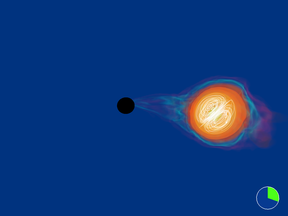 Fig. 4-1: Density profile at time t/M = 633 |
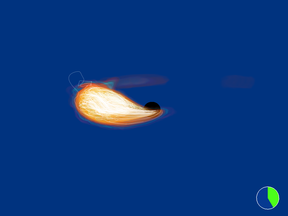 Fig. 4-2: Density profile at time t/M = 882 |
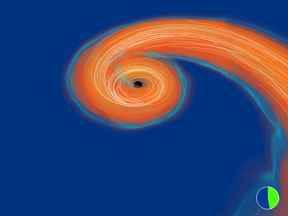 Fig. 4-3: Density profile at time t/M = 974 |
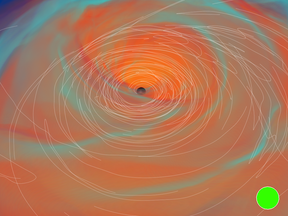 Fig. 4-4: Density profile at time t/M = 2072 |
Here, we follow the remaining evolution with the presence of an magnetic field tilted 90o to the orbital axis. After four orbits, the unmagnetized interior of the unmagnetized neutron star is seeded with a purely poloidal magnetic field perpendicular to the spin axis of the black hole. With an average magnetic-to-gas pressure of 0.5%, the magnetic fields are dynamically unimportant to the neutron star initially. Frozen-in magnetic field lines moving with test-particle tracers are rendered in white.
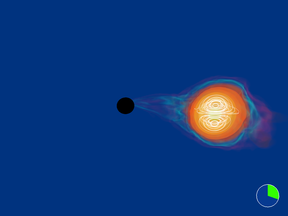 Fig. 5-1: Density profile at time t/M = 633 |
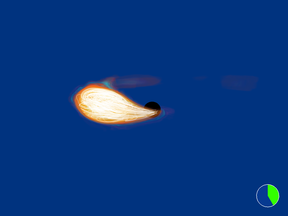 Fig. 5-2: Density profile at time t/M = 882 |
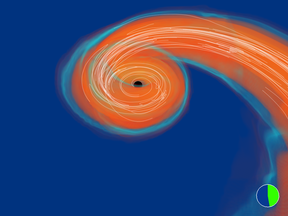 Fig. 5-3: Density profile at time t/M = 974 |
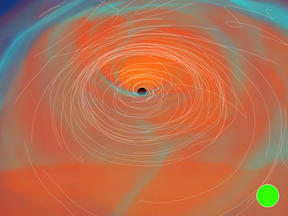 Fig. 5-4: Density profile at time t/M = 2072 |
In the clip, the rest-mass density of each star is plotted on a logarithmic scale normalized to the initial central density. Each initial binary is in a quasiequilibrium circular orbit, and has an orbital frequency of MΩ = 0.032. The matter and gravitational field variables are determined by using the conformal thin-sandwich formalism. Black hole equilibrium boundary conditions are imposed on the black hole horizon. After four orbits, the unmagnetized interior of the unmagnetized neutron star is seeded with a magnetic field parallel (top right), tilted 45o (bottom left), and perpendicular (bottom right) to their orbital axis. The top left star is left unmagnetized. With an average magnetic-to-gas pressure of 0.5%, these magnetic fields are dynamically unimportant to the neutron star initially. Frozen-in magnetic field lines moving with test-particle tracers are rendered in white.
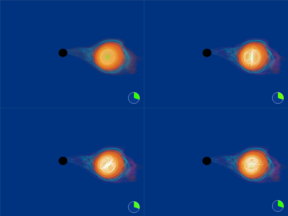 Fig. 6-1: Density profiles at time t/M = 633 |
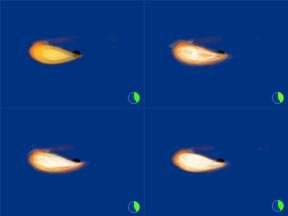 Fig. 6-2: Density profiles at time t/M = 882 |
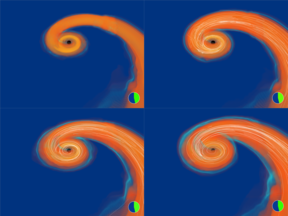 Fig. 6-3: Densitys profile at time t/M = 974 |
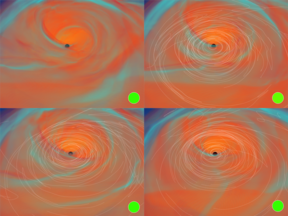 Fig. 6-4: Density profiles at time t/M = 2072 |
Given the weakness of the initial magnetic field in all the cases, there is very little difference in the density evolution between the four cases. Approximately 14% of the neutron star rest-mass remains outside the remnant black hole in all cases.
In each case, the neutron star's magnetic fields are wound into a predominantly toroidal configuration from their initial magnetic state. However, residual poloidal fields may be amplified exponentially via a Magneto-Rotational Instability (MRI), generating turbulence and driving accretion, ultimately launching polar jets from the black hole, and providing the engine for a short-hard gamma ray burst (SHGRB). These residual poloidal fields increase with the angle between the initial poloidal field and the spin axis of the black hole. An initial tilt of 90o results in an eightfold increase in the strength of the poloidal fields in the remnant disk, producing significantly more favorable conditions for modeling MRI. However, with the given resolution and initial magnetized BHNS models, the resulting field strengths were still not sufficient to model the effects of MRI, which drives turbulence, launching accretion and triggering a jet.